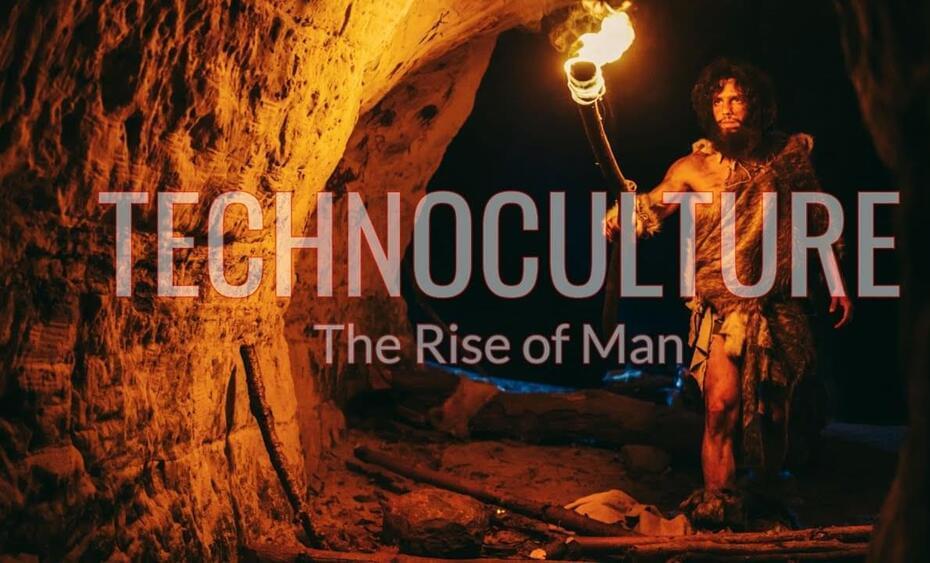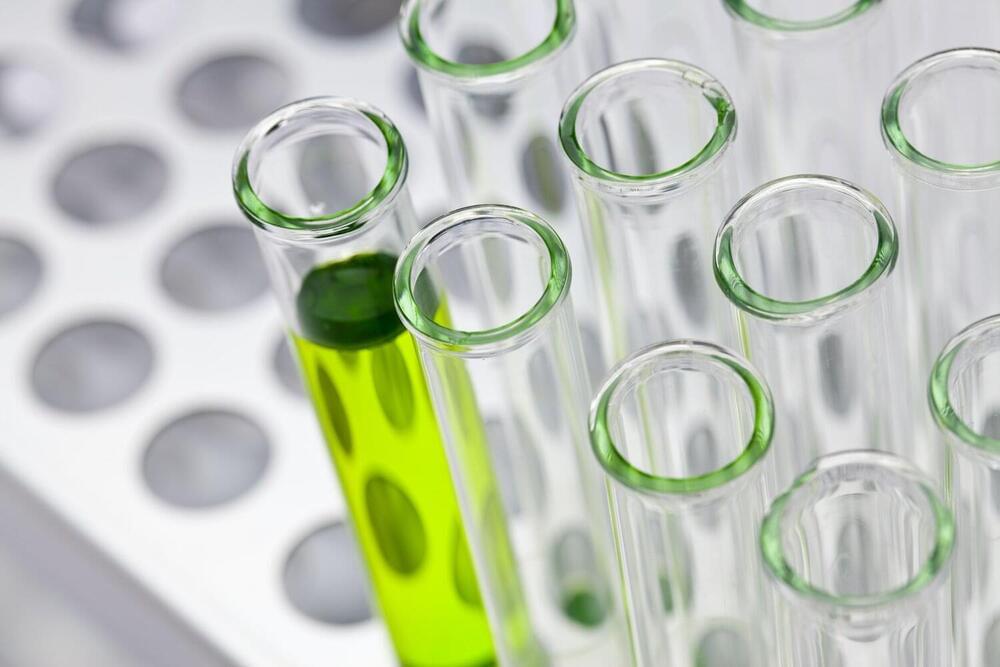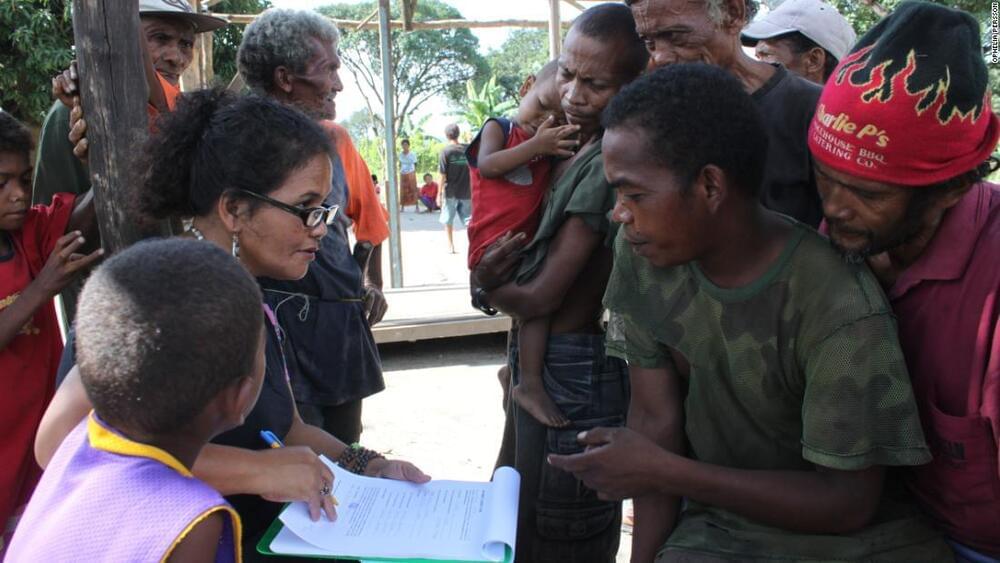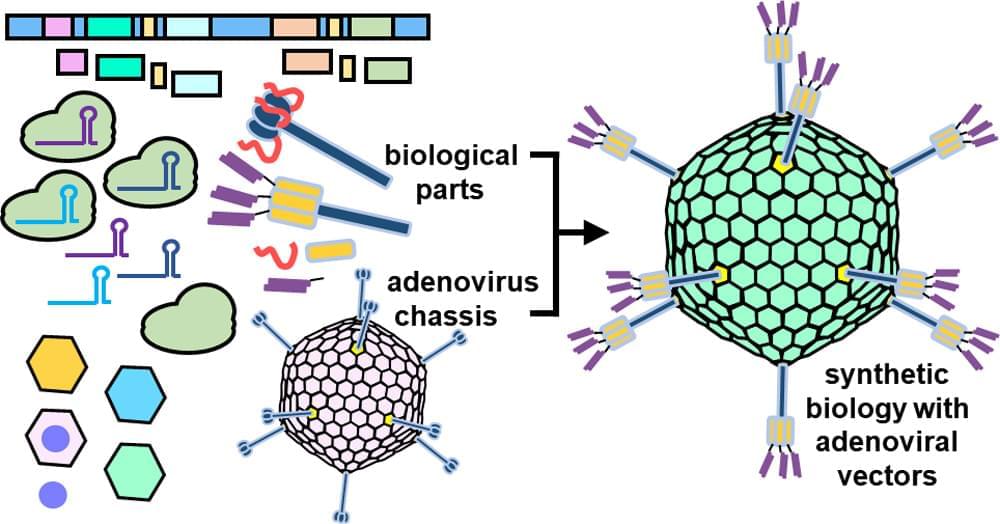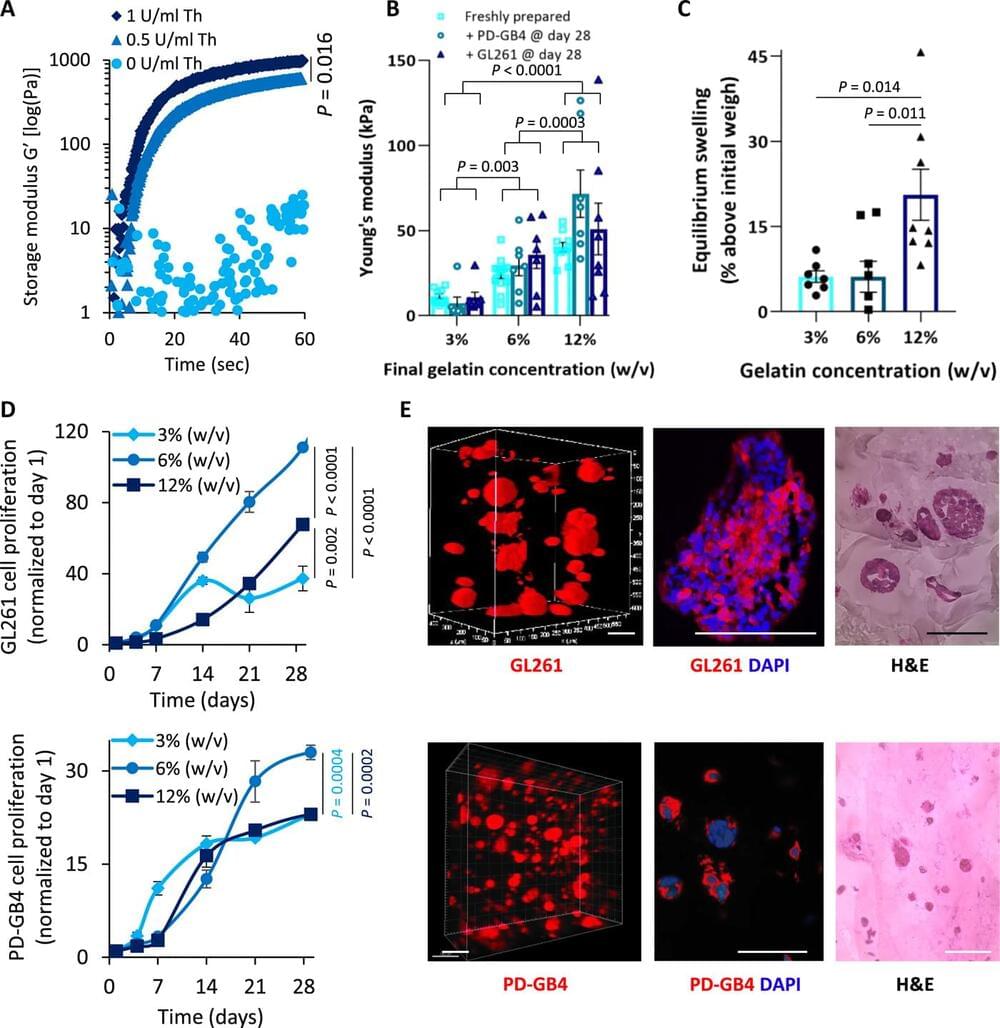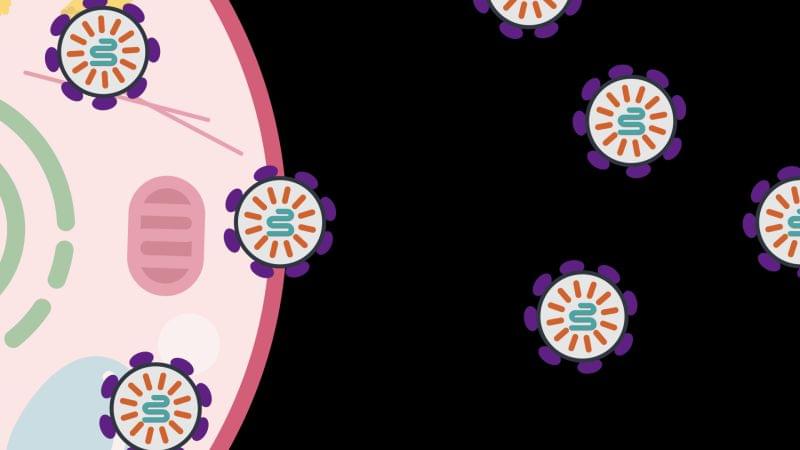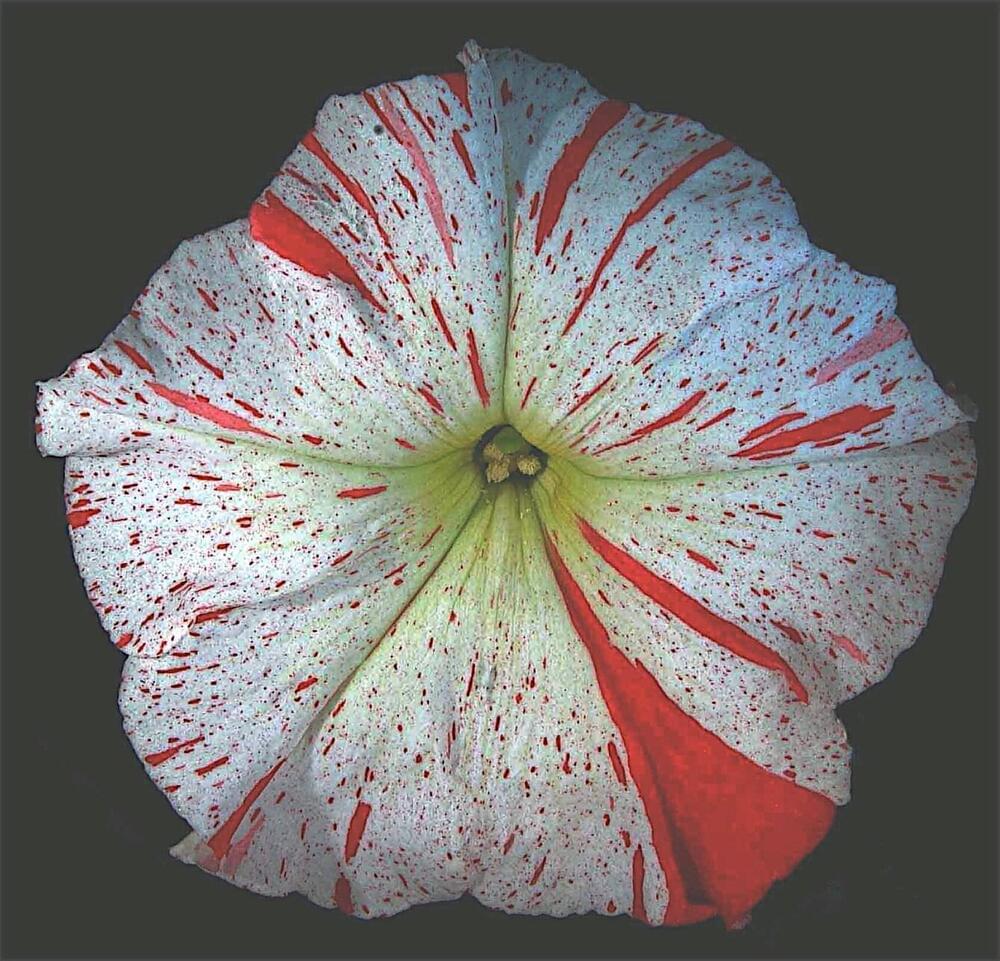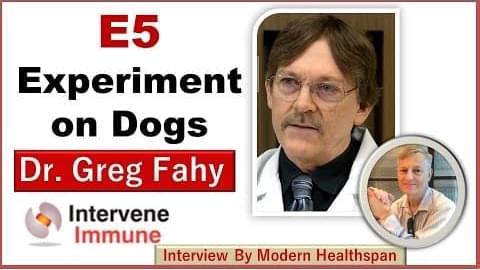Aug 24, 2021
The Rise of Man: What Was Our Ultimate Success Formula As a Species?
Posted by Alex Vikoulov in categories: bioengineering, biotech/medical, evolution, food, genetics, internet
What we’ll soon see is the ultimate self-directed evolution fueled forward by gene editing, genetic engineering, reproduction assisted technology, neuro-engineering, mind uploading and creation of artificial life. Our success as a technological species essentially created what might be called our species-specific “success formula.” We devised tools and instruments, created new methodologies and processes, and readjusted ecological niches to suit our needs. And our technology shaped us back by shaping our minds. In a very real sense, we have co-evolved with our technology. As an animal species among many other species competing for survival, this was our unique passage to success.
#TECHNOCULTURE : #TheRiseofMan #CyberneticTheoryofMind
Continue reading “The Rise of Man: What Was Our Ultimate Success Formula As a Species?” »
